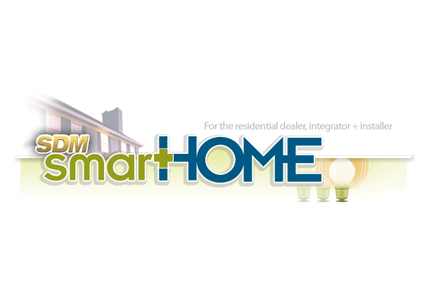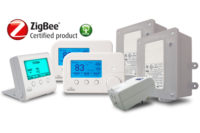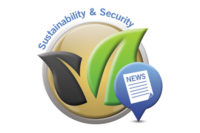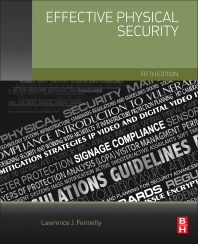Between 2012 and 2018, ZigBee and 802.15.4 based systems will make up 43 percent of the wireless chipsets used for smart metering, home and building energy management, distributed energy resources as well as lighting controls, according to global technology research firm ON World.
“Energy service providers, governments and consumers are demanding a new generation of energy management solutions and developers have responded with Internet connected smart devices, cloud services and standards-based end-to-end smarter energy solutions,” said Mareca Hatler, ON World’s research director.
Consumers rank energy savings as one of the most important smart home solutions. ON World’s latest survey with early technology adopters found that more than half (54%) are “Interested” or “Most Interested” in home energy management. Almost half are willing to spend $7 or more per month on an energy service that saved them 10% of their energy expenditures. Thirty-eight percent are willing to spend $150 or more upfront if they could save up to 30% of their energy costs.
The do-it-yourself (DIY) model is “Preferred” or “Most preferred” by half of the respondents compared with 41% that would prefer to purchase from a cable/broadband service provider.
By 2018, more than 400 million IEEE 802.15.4 and/or ZigBee Smart Energy related devices will have shipped worldwide.
Based on over 800 surveys and interviews with end users, vendors and suppliers, ON World’s report, “802.15.4 & ZigBee: Enabling the Internet of Things,” analyzes the global market opportunity for IEEE 802.15.4 and ZigBee as well as competing alternatives such as WiFi, Bluetooth, Z-Wave, EnOcean, ANT and others.
The report synopsis and a free executive summary are available from: http://www.onworld.com/zigbee






.png?height=200&t=1647441244&width=200)


